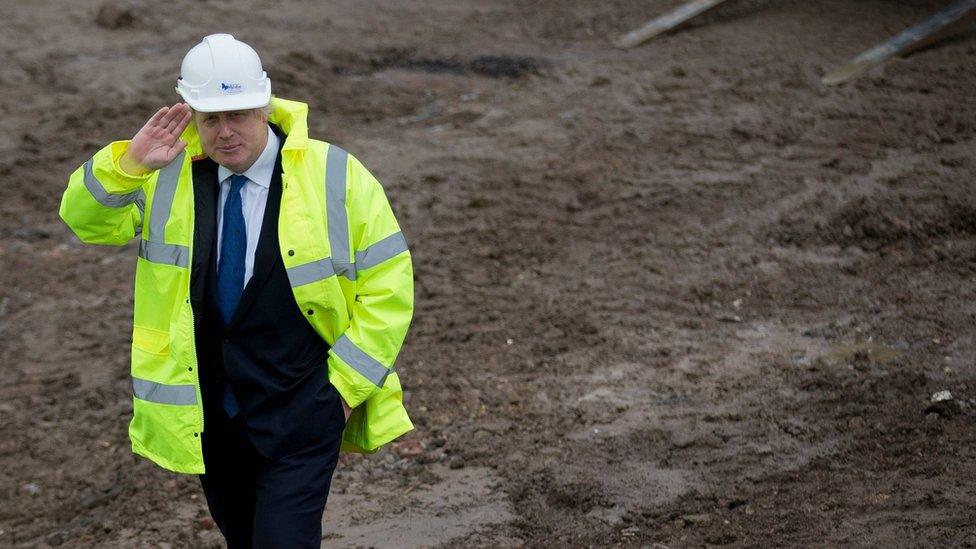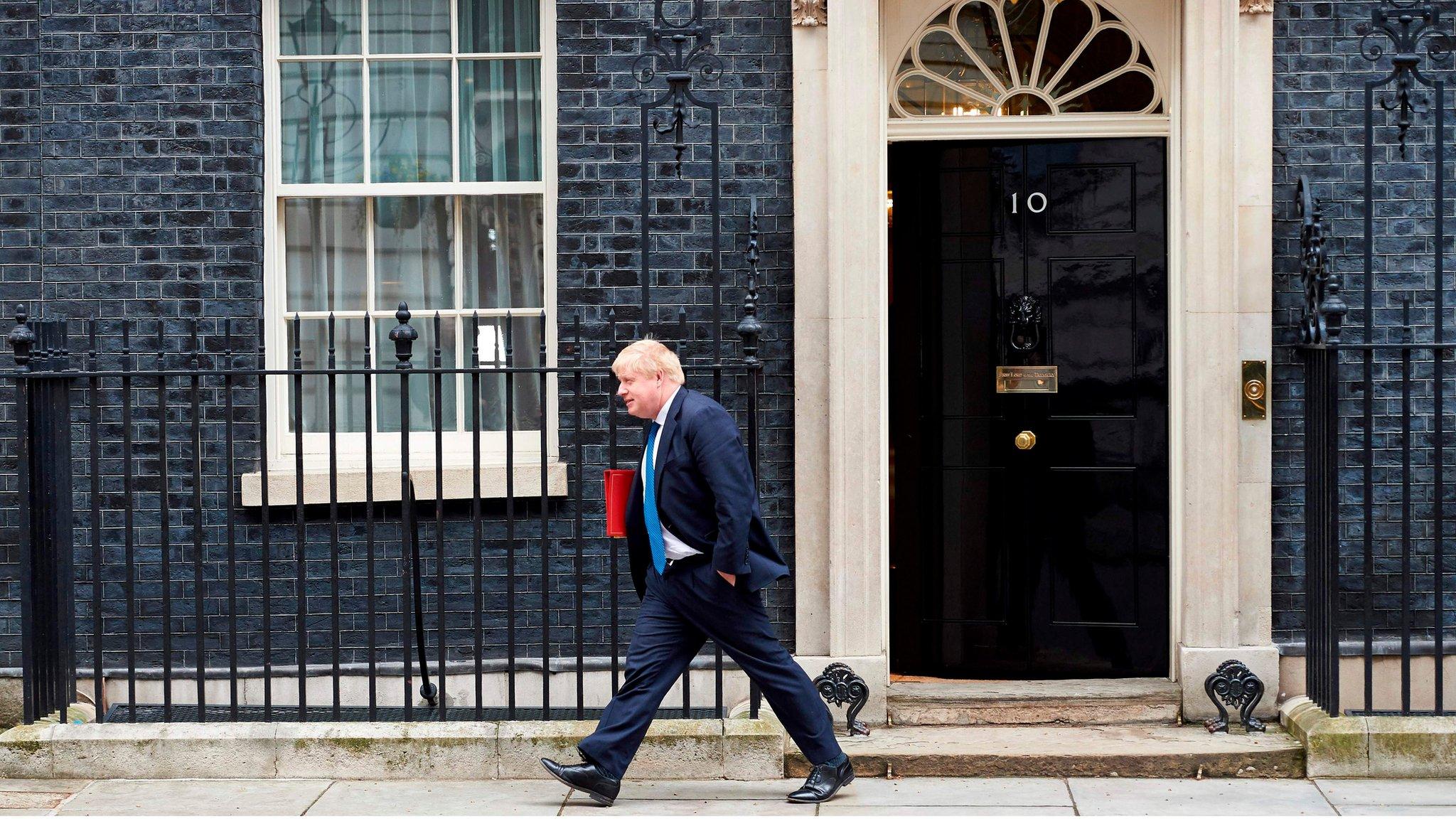Do Boris Johnson's claims about his record as London mayor add up?
- Published

In making his pitch to succeed Theresa May as the next Conservative party leader, and prime minister, Boris Johnson drew heavily on his time as Mayor of London. "You look at what we did in City Hall," he said.
He served two successive terms as mayor: 2008 to 2012 and 2012 to 2016.
Mr Johnson said that during this time, he'd helped "unite our capital, the greatest city on earth" and listed a series of achievements.
"We cut the murder rate by 50%"
During Mr Johnson's time as mayor, the homicide rate in London fell from 22 per million to 12 per million people - about a 50% cut.
That includes murder and manslaughter.
There were 163 homicides in the capital in the year he took office, and 109 the year he left. We're talking about small overall numbers, so relatively modest changes can make a big difference in percentage terms.
It was also falling during his predecessor's second term having reached a peak of 211 homicides a year - or about 30 per million people - in 2003-04.
The rate also fell across the rest of the country between 2008 and 2016, although not as dramatically.
"We cut road traffic fatalities by 50%"
On traffic deaths, he's more or less right.
Transport for London figures , externalshow that between 2005 and 2009 the average annual number of fatalities in Greater London was 211.
In 2016 (the year Boris Johnson left office) there were 116 fatalities in Greater London - a 45% drop.
During the same period, across Great Britain, traffic fatalities fell by 36% - according to figures from the Department for Transport, external.

"We outbuilt Labour with more than 100,000 affordable homes"
The figures for completed affordable homes are published by, external the Greater London Authority (GLA) for April to March each year, which is reasonably close to the mayoral terms, which run from early May.
Between the beginning of April 2008 and the end of March 2016 there were 101,525 affordable homes completed in London, of which the GLA contributed to 94,001.
More affordable homes were indeed built during his two terms than during the two terms of his Labour predecessor.
But the definition of affordable housing was broadened in 2011, with the inclusion of affordable-rent housing, so the figures are not directly comparable.
He also reduced the target for affordable housing in 2011 from an average of 23,300 a year to 13,200 a year.
"When I became mayor 11 years ago we had four of the six poorest boroughs in the UK. When I left office after two terms we had none of the bottom 20"
In 2010, of the 20 poorest areas in England (not the UK), four were in London: Hackney, Tower Hamlets, Newham and Haringey.
But only one, not four, was in the top six - Hackney - with Tower Hamlets coming in seventh.
Mr Johnson is right to say that by 2015 no London boroughs appeared in the top 20.
That's according to a government measure which combines various measures like income, employment and education, and then gives each council a ranking of how deprived it is compared to the country as a whole.
It looks at the proportion of a council's neighbourhoods that are in the most deprived 10% of the country.



- Published23 July 2019

- Published4 July 2019
